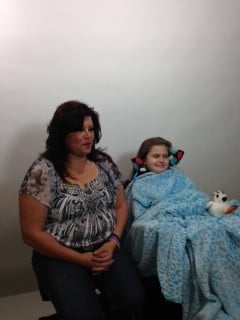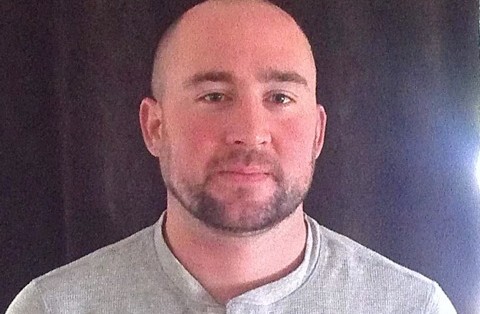Summarize This Article:
Summarize This Article:

Last month, we shared tips on Summer Fire Safety and burn prevention. It is important that if you or someone you know does experience a burn, to keep calm and assess the severity of the burn. Depending on the severity of the burn, immediate medical care may be necessary.
When a burn to the skin occurs, it causes skin cells to die. The body will produce collagen, a protein that helps heal damaged skin. When the skin heals, scars form. Scars may be temporary and fade over time, but in some cases, they may be permanent.
The following types of scars may occur after a burn:
As mentioned, scarring after a burn causes not only cosmetic defects but may cause physical limitations for some people. To address the physical limitations caused by contracture scars, surgical techniques are often recommended. The standard surgical treatment is to excise or “cut out” all of the damaged tissue. Healthy skin is then removed from one area of the body and transferred to the area where the burn scar was. This procedure can be challenging due to the risk of recurrent contractures after surgery.
Surgeons have found fat grafting to be a promising technique for the treatment of burns, burn scars, and other difficult wounds. During a fat grafting procedure, fat is removed from an area of the body with excess body fat by liposuction (i.e., thighs, belly, and buttocks). The fat is then injected into the affected area, in this case, the burn scar. The adipose-derived stem cells found in fat are responsible for promoting dermal regeneration, the process of repairing, restoring, regrowing, and replacing tissues within the body. Fat grafting is minimally invasive with little risk.
If you are someone you know is seeking treatment for burn scars, call The Institute for Advanced Reconstruction to see how our plastic and reconstructive surgeons may be able to help.



